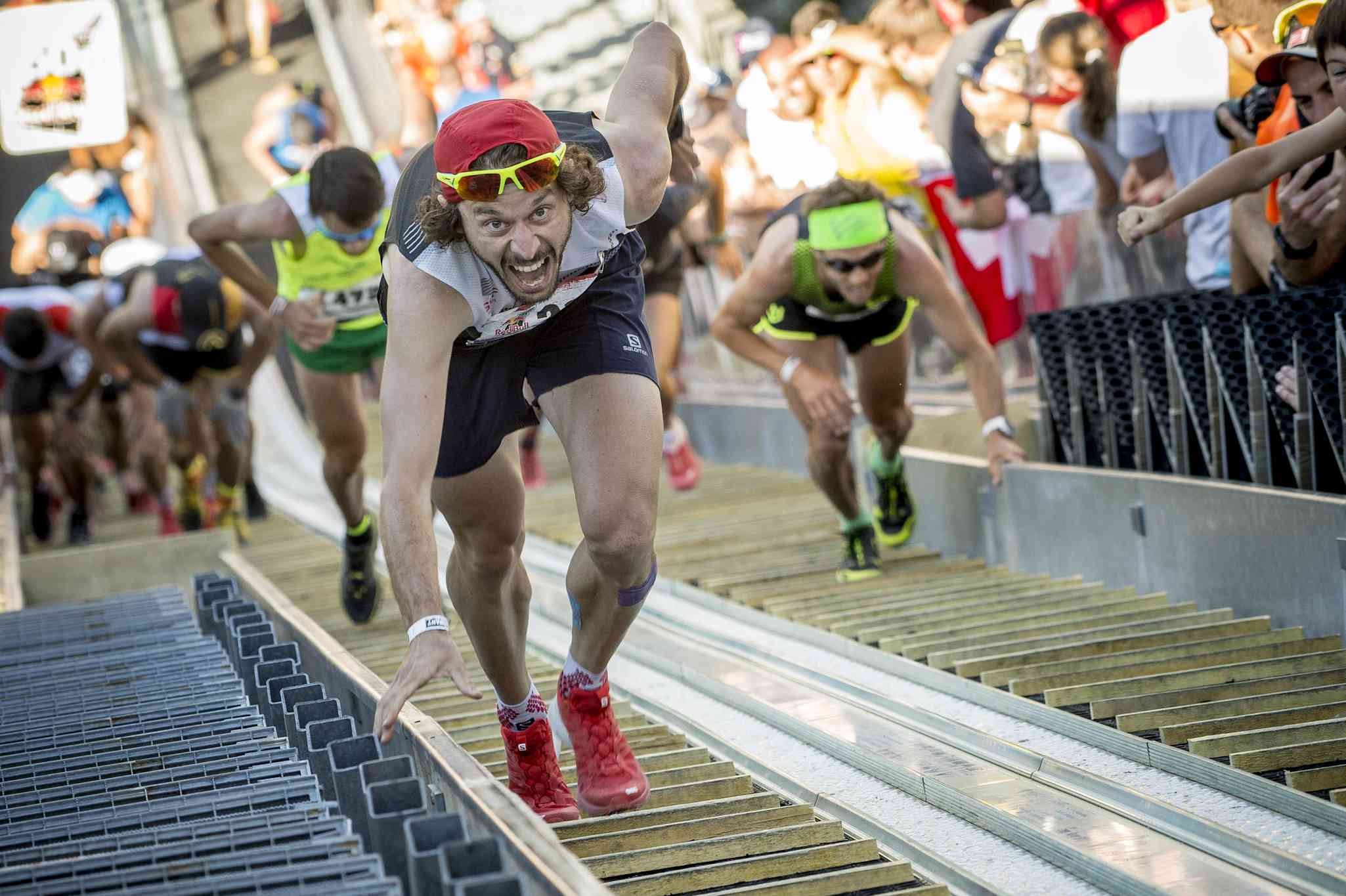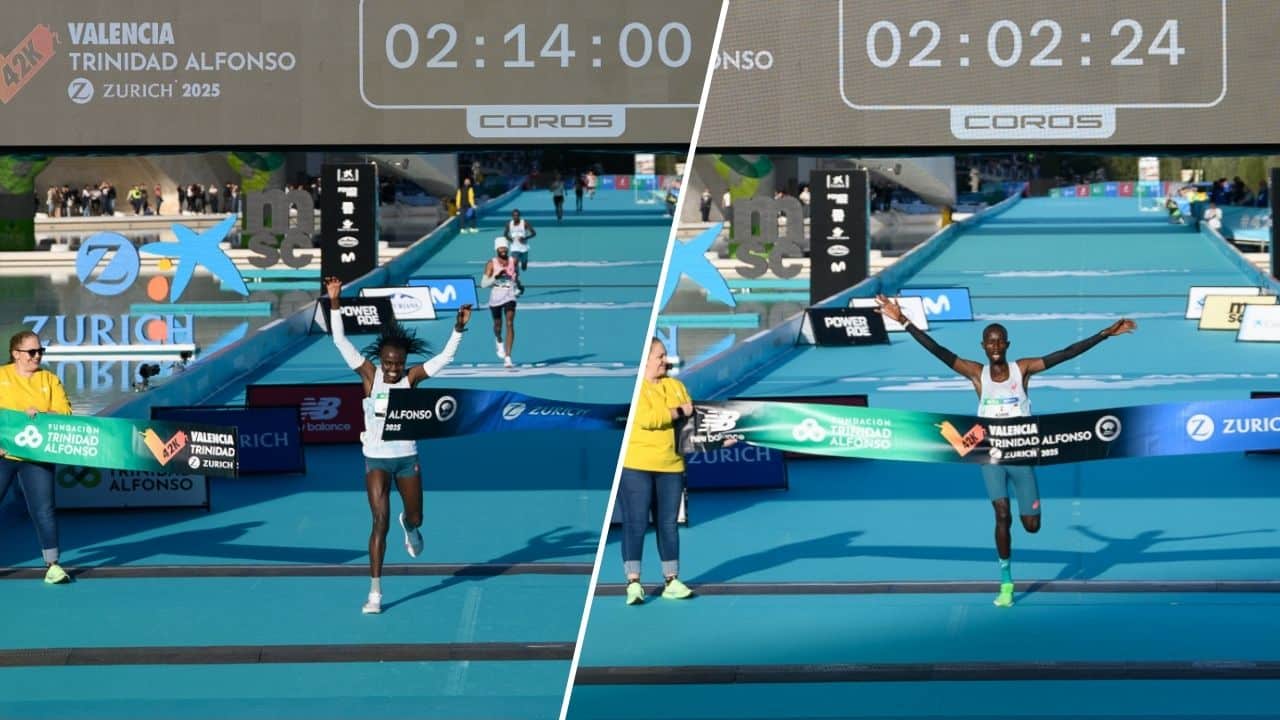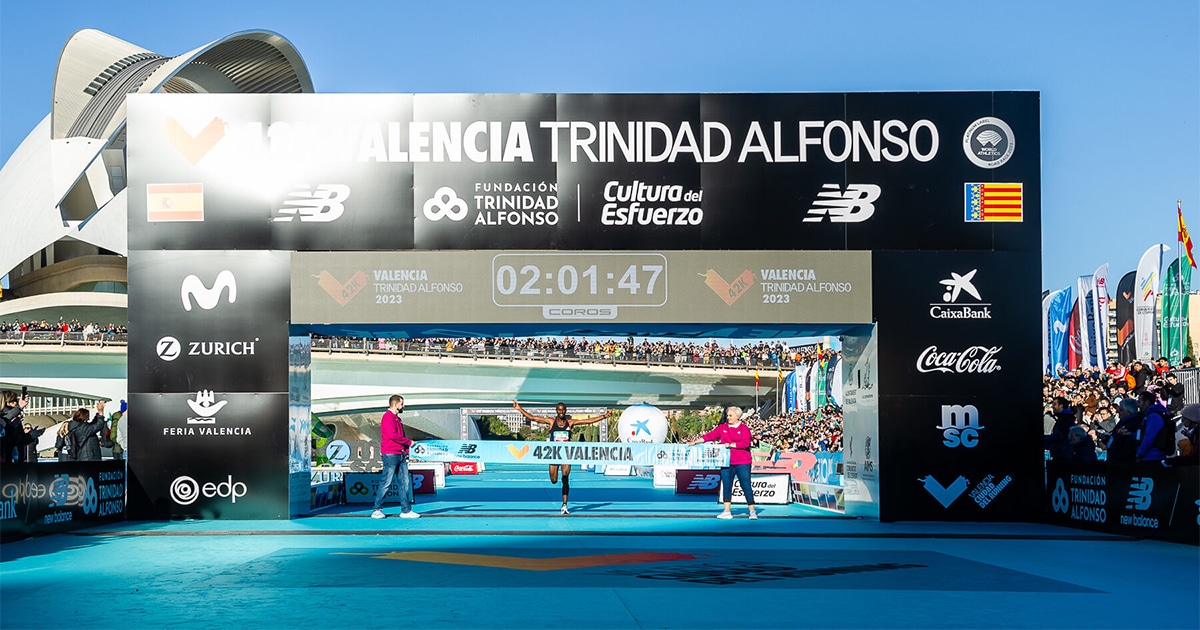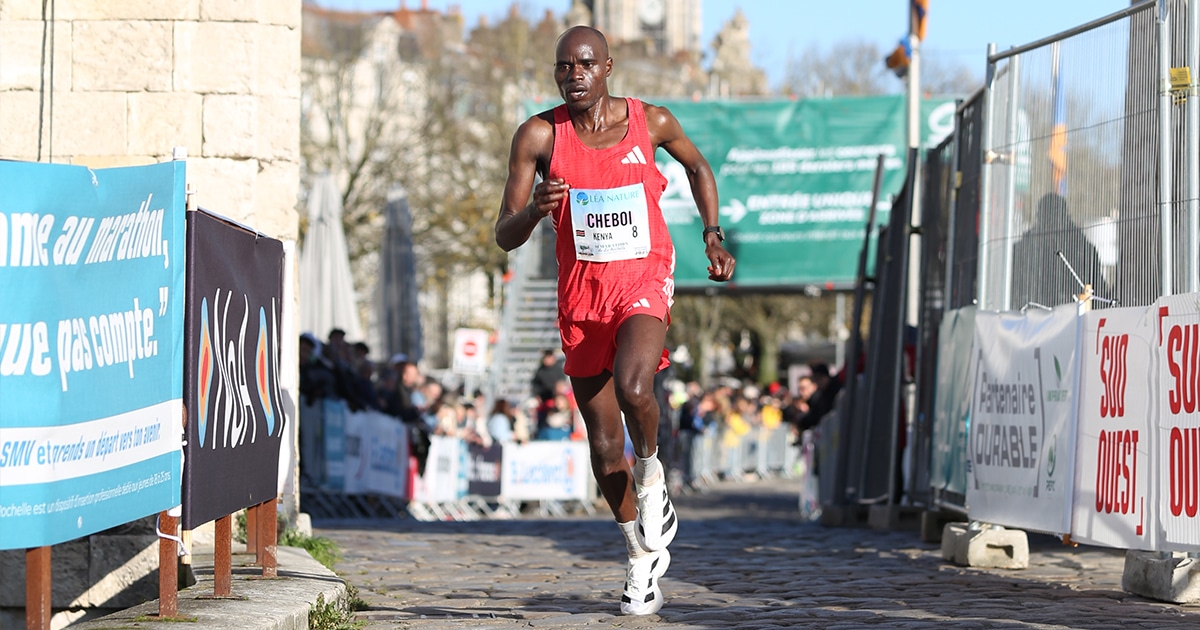Red Bull 400: when effort defies gravity
At just 400 meters, it might be one of the shortest races in the world—but it’s easily one of the toughest and most spectacular. True to the Red Bull spirit, the Red Bull 400 returns this year to Courchevel, France, for its fifth edition. What’s in store for the lucky participants on July 13? A full-throttle sprint straight up the 400-meter Olympic ski jump in the Alpine resort town.
| An extreme format from a brand known for pushing limits
Since the early 2000s, Austrian brand Red Bull has carved out a dominant space in the world of extreme sports—and running is no exception. The company has a knack for turning physical effort into high-octane spectacle, and the Red Bull 400 is a perfect example: short, intense, visually dramatic, and tailor-made for viral buzz. On July 13, the Courchevel edition returns for its fifth round, thrilling both runners and spectators alike. It’s far from Red Bull’s first foray into unconventional racing formats. In the past, the brand launched Red Bull Éléments, a multi-sport race set against the stunning backdrop of Lake Annecy that combined swimming, trail running, paragliding, and mountain biking. Then there’s Red Bull X-Alps, a grueling endurance event that fuses trekking and paragliding over the Alps. Another standout is the Wings for Life World Run, a global race format supported by Red Bull since its inception in 2014. There’s no finish line—just a “catcher car” that starts 30 minutes after the runners and gradually picks them off, one by one. This year’s French edition took place in Saint-Denis, near Paris. The race supports the Wings for Life Foundation, which funds research into spinal cord injuries. Red Bull doesn’t just give you wings—it gives you wild ideas and meaningful causes to run for.
| 400 meters, 140 meters of climb, and a 36° slope
What makes the Red Bull 400 so brutal isn’t its distance—it’s the vertical challenge. Runners face a 140-meter climb in just 400 meters of distance, on a slope as steep as 36°. In the final stretch, even elite athletes are often crawling on all fours. Set on the dramatic Olympic ski jump in Courchevel, the 5th edition promises another round of pain faces and awe-inspiring performances. The current course record is held by French trail runner Thibaut Baronian, who clocked in at 3:21 in the 2021 race—a time that seems reachable, but only at the cost of burning quads and skyrocketing lactic acid levels. The event draws top-tier mountain athletes who are used to these extreme gradients. The European record belongs to German endurance athlete Anton Palzer, a professional skier and cyclist, who ran 3:08 in Bischofshofen, Austria, back in 2018. Athletes like Palzer, who thrive in high-intensity, uphill efforts, are built for this race. The Red Bull 400 is a unique and wildly shareable format that demands steel legs and an extraordinary tolerance for suffering.
| France’s other vertical monsters
While the Red Bull 400 may be the most media-savvy vertical race, it’s far from alone. France boasts a number of brutal “Vertical Kilometer” (VK) races. Take the iconic Mont-Blanc Vertical Kilometer: 1,000 meters of elevation gain over 3.8 km, ending via via ferrata at over 2,000 meters altitude. Or the Verticale du Criou, which many consider the steepest VK in the world, with 1,000 meters of climb packed into just 2 kilometers. In Isère, the Verticale du Grand Serre takes place every September. With 600 meters of vertical gain over 1.8 km, it offers an insane gradient. And over the Swiss border, the Fully Vertical Kilometer is legendary: 1,000 meters of climb in just 1.9 km of racing—so steep, helmets are mandatory. Not kidding. Many of these races are part of the Vertical Kilometer World Circuit and draw a hardcore community of climbers eager to push their limits on slopes exceeding 45%. Next to these, the Red Bull 400 might seem… almost playful. Well, sort of.

Charles-Emmanuel PEAN
Journaliste



